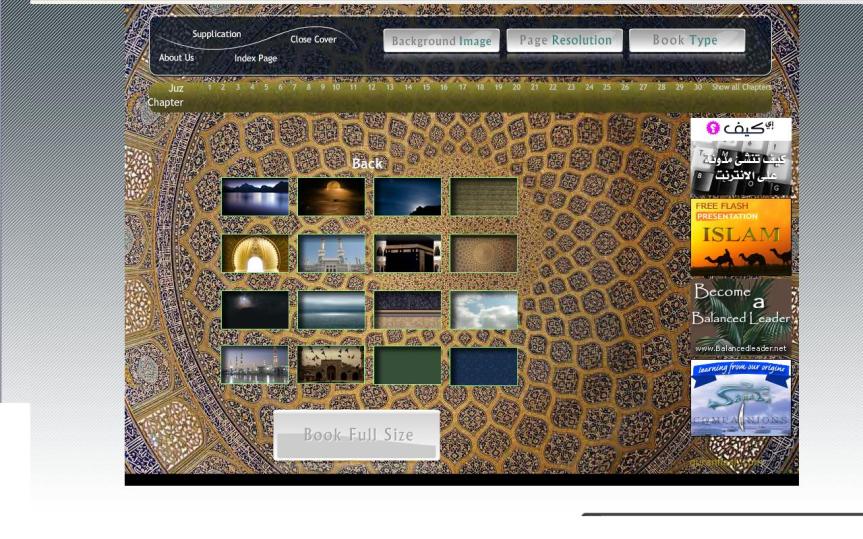With the expand of the Islamic Empire and more and more people come to embrace the Islamic aesthetics, the people by time built great monuments of Islamic architecture each with their own flair and style. All over the world there are excellent examples of these Islamic monuments, and some of them stood as the best. For this edition of Imagining Islamic Aesthetics, we will look into five of the finest monuments that feature Islamic architecture that stood as the testament of the influence and wonders of the Islamic Aesthetics, according to location and style.
Dome of the Rock in Jerusalem, Palestine-

The Dome of the Rock or Qubbat As-Sakhra (قبة الصخرة) is one of the most important Islamic Shrine after The Grand Mosque of Mecca and the Mosque of the Prophet in Medina. It is completed in 691AD under the orders of the Umayyad Caliph Abd al-Malik, built on the Temple Mount where it is believed that the Temple of Solomon once stood. The Muslims believed that a rock inside it, the Foundation Rock is where Prophet Muhammad once stood before ascending to the Heavens in an event called the Mi’raj.
The Dome of the Mosque is often confused with the al-Aqsa Mosque, which stood nearby. It remains one of the most popular tourists spot in Jerusalem, alongside the Wailing wall of the Jews and the Church of the Holy Sephulchre of the Christians.
The Shah Mosque in Iran
The Shah Mosque or the Masjid-I-Shah as it is known in Persian is one of the most beautiful example of Islamo-Persian architecture. It stood on the north-side of the Naghsh-i Jahan Square, and built during the Safavid period which started construction on 1611. The Shah Mosque is said to be one of the most magnificent masterpiece of Islamic Persian Architecture.
The Mosque, along with the Naghsh-i-Jahan Square is registered under the UNESCO World Heritage Site and is one of the best sites to see in Iran. Its beauty mainly because of the seven-coloured tiles and the beautiful calligraphy.
The Alhambra palaces in Spain
Al-Qalat Al-Hamra (لْقَلْعَةُ ٱلْحَمْرَاءُ,) or simply known as Alhambra, translated as the Red Fort or the Red One respectively, is a complex of fortress and palace built during the 14th Century by the Emirate of Granada of Al-Andalus, occupying on the hill of Assabica. It is the last palace of the Nasrid Dynasty. It is rediscovered after it fall under disrepair after the Reconquista in the 19th Century by European travelers and scholars.
It became many inspirations of songs and poetry, and it was registered as one of the UNESCO World Heritage Site, and it became one of the well known Islamic architecture, as well as a major tourist site for Spain.
The Hagia Sophia in Istanbul, Turkey
Hagia Sophia (Greek for Holy Wisdom) or Aya Sofya in Turkish was once a church, but later is converted into a mosque when Sultan Mehmed took over Constantinople (old name of Istanbul) in 1453AD and then secularized to become a museum under Mustafa Kemal in 1935. The former mosque is the main inspiration of all Turkish Mosque, for example the Blue Mosque which stood just in front of it. The Architecture is Byzantine in style, but when it became the inspiration of Islamic mosques in the Ottoman Empire, it became synonymous with Islamic architecture.
The Taj Mahal, Agra, India
The Taj Mahal in Agra India is in fact a tomb dedicated by Shah Jahan for his wife Mumtaz Mahal. It remained one of the most recognizable monuments in the world also considered as the most beautiful structure. It is the finest example of Mughal Architecture combining Indian, Islamic and Persian architectural styles. It is made out of white marble with decorations inlaid with semi-precious stones.
The Taj Mahal became one of the UNESCO World Heritage sites in 1983. Millions of visitors came to India to witness the symbol of love that is Taj Mahal.










